The Story of the Featherweight Porsche 909 Bergspyder
Less than 400 kg... More than 300 kph... Sounds like a plan!
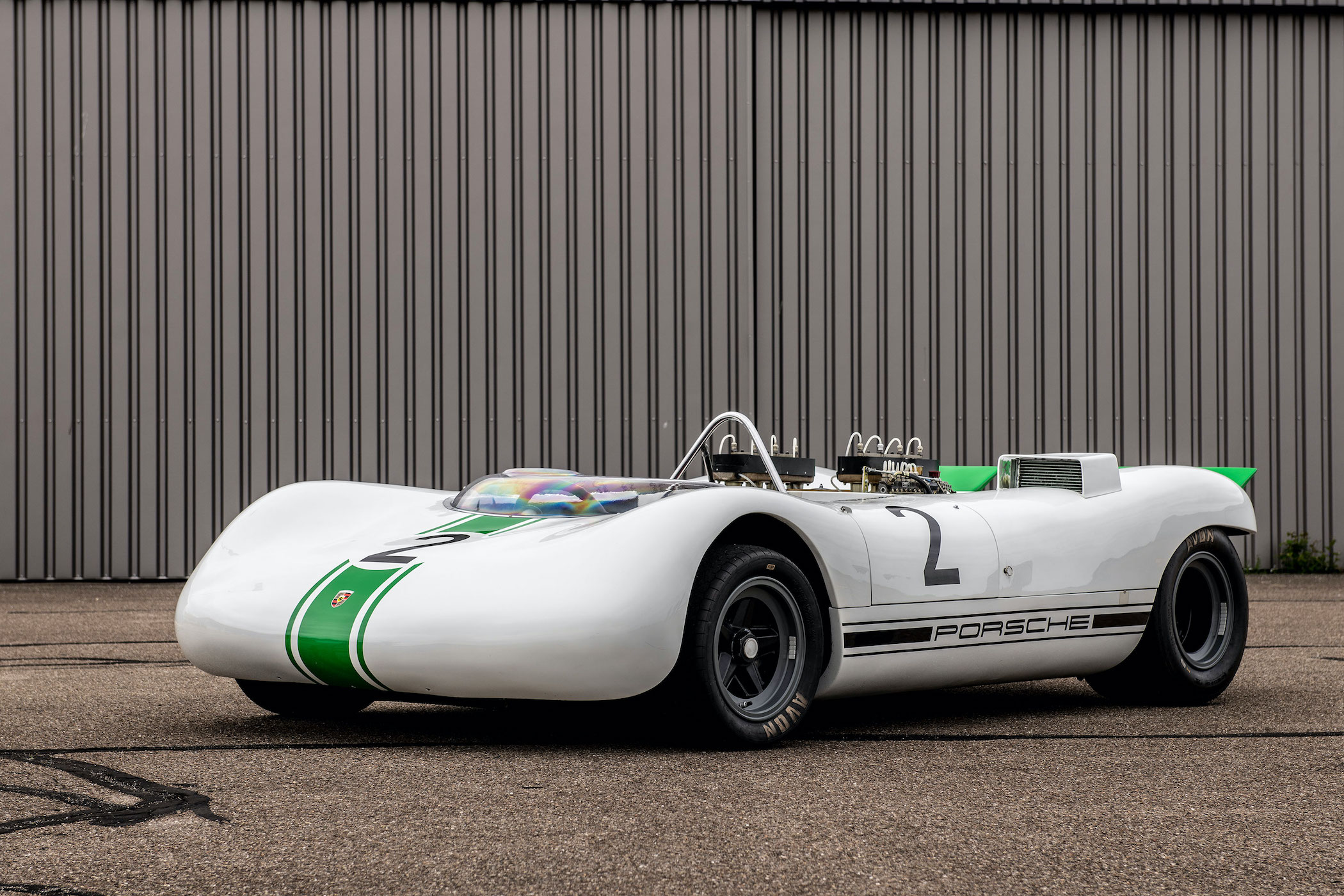
One of the lesser-known types of racing, hill climbs, are still quite popular in Europe, especially amongst amateur racers. It is a distinct discipline within the vast array of different types of racing, often resulting in unique cars. The goal is to get as fast as possible from the bottom of the course to the finish line, usually at the top of a hill. The most famous venues are the Pikes Peak International Hill climb and perhaps the Shelsley Walsh Hill climb. Several manufacturers have developed cars specifically for these types of events, one of the most extreme being the Porsche 909 Bergspyder.
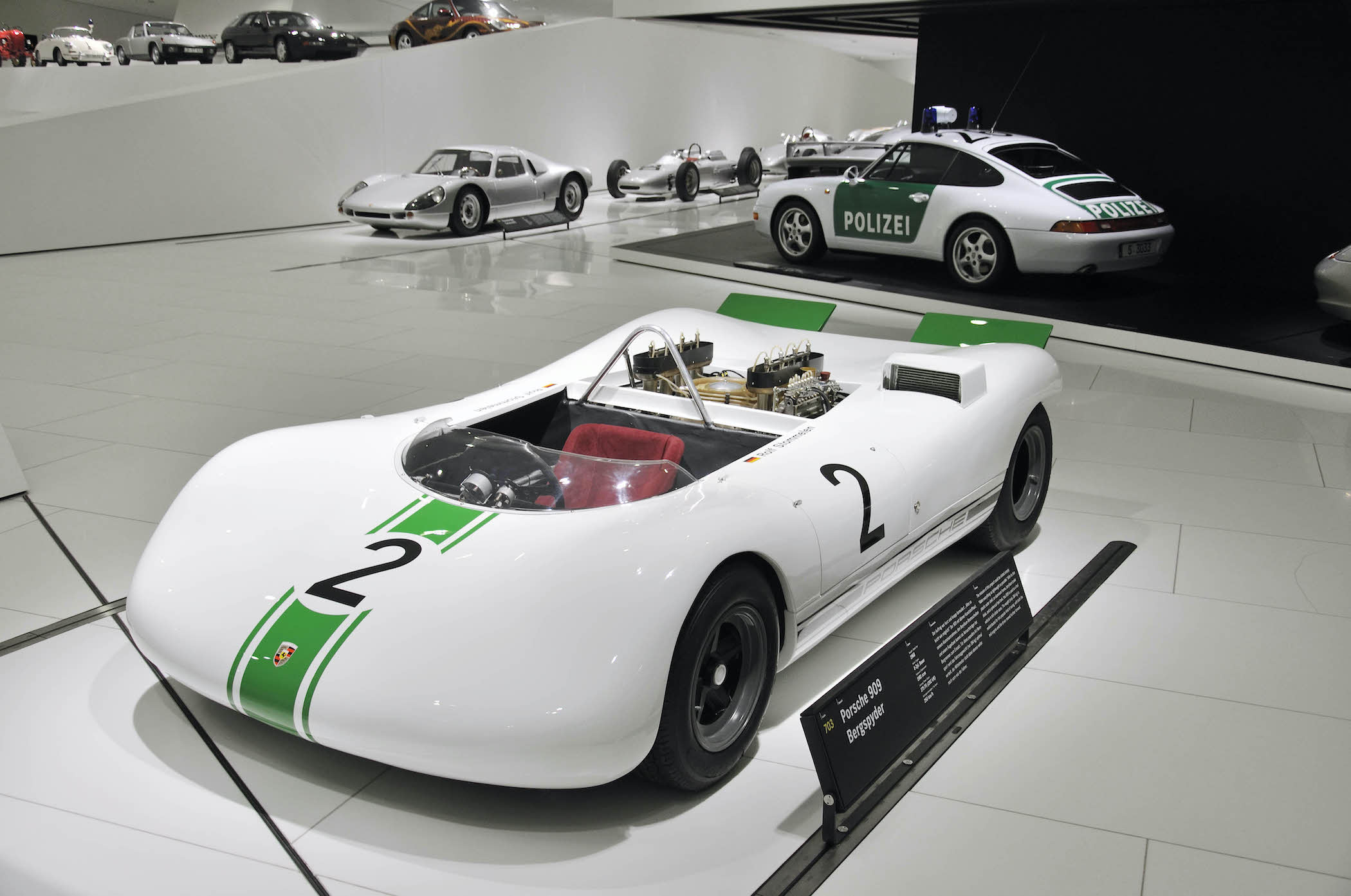
On paper, it seems simple enough, but it is a very exciting form of racing. One driver at a time blasts up a closed course in an attempt to set the fastest time possible. At some events, competitors are divided into various classes, but in others, simply the fastest time overall counts. As mentioned, Pikes Peak and Shelsley Walsh are quite famous, while in actuality the Goodwood Festival of Speed is a hill climb race too – just disguised as one of the biggest celebrations of cars and motorsports in the year.
Throughout its existence, Porsche has been actively racing in just about any category known to petrolheads. It competed in endurance racing of course, but also participated in Formula 1 and even the Paris-Dakar. Not only did Porsche race hill climbs too, it even went as far as to build the ultimate hill climb weapon: the 1968 Porsche 909 Bergspyder.
Porsche raced various hill climbs during the 1960s, considering them as a perfect environment to test its engineering concepts. Handling is perhaps the most important thing and one area to greatly improve handling is building your car as light as possible. Competing in 24 European Championship classes between 1958 and 1968, Porsche won a staggering 20 of them. Yet again, the German brand proved dominant in just about any form of racing.
The Porsche 910/8 Bergspyder (not a typo) was its weapon of choice during the second half of the 1960s, but rumours of a new car being built by Ferrari led Porsche to develop the extreme 909 Bergspyder. Where the 910/8 Bergspyder was already a lightweight machine at 420 kg, the 909 Bergspyder graciously tipped the scales at only 375 kg, about half the weight of a modern Formula 1 car. Porsche’s engineers had to resort to very exotic materials such as titanium and beryllium. The legend goes that the car was checked with a magnet for any steel parts and when some were found, the team was ordered to find a way to use a lighter material. A full aluminium chassis was fitted with a plastic body and a Formula 1 derived 2-litre flat-8 engine producing 275 horsepower. More than enough to propel the little machine from zero to a hundred kilometres an hour in under 2.5 seconds.
Other than sheer weight-saving, it featured some interesting tech, such as a small 16-litre pressurized fuel tank. It eliminated the need for a fuel pump, saving weight yet again, as a titanium sphere was fitted with a rubber bladder. Prior to the race, nitrogen was pumped in between the outer titanium shell and the inner bladder, giving the necessary fuel pressure to complete the race.
Only two Porsche 909 Bergspyders were built and debuted at the penultimate race of the 1968 championship. Porsche factory driver Gerhard Mitter ran the Porsche 910/8 Bergspyder while Formula 1 driver Rolf Stommelen raced the 909 Bergspyder. During those last two races, the car would finish second and third with Gerhard Mitter winning both events. Despite this early sign of success for the 909 Bergspyder, Porsche withdrew from hill climbs and the 909 never raced again, prematurely ending its racing career in the process. As a result, the car remains relatively unknown in Porsche’s vast racing achievements. Of the two chassis built, the whereabouts of the Rolf Stommelen remain unknown, with the other chassis residing in the Porsche Museum in Stuttgart.
The delicate little machine can be seen heading up the hill at the Goodwood Festival of Speed here:
In 2019 Porsche commemorated the 909 Bergspyder with a special concept car based on the Boxster, called the Porsche 981 Bergspyder. Porsche stripped it of its roof and windshield, removed the passenger seat, built a new interior – including bits taken from the interior of the Porsche 918 Spyder hypercar -, fiddled with the engine a little and painted it in the same white-and-green colour scheme as the original. It remained a concept car only, with no plans to sell it as a limited edition.
More information on the car and its history can be found over at Petrolicious and DriveTribe, with Ultimatecarpage.com providing more technical details on this engineering marvel.

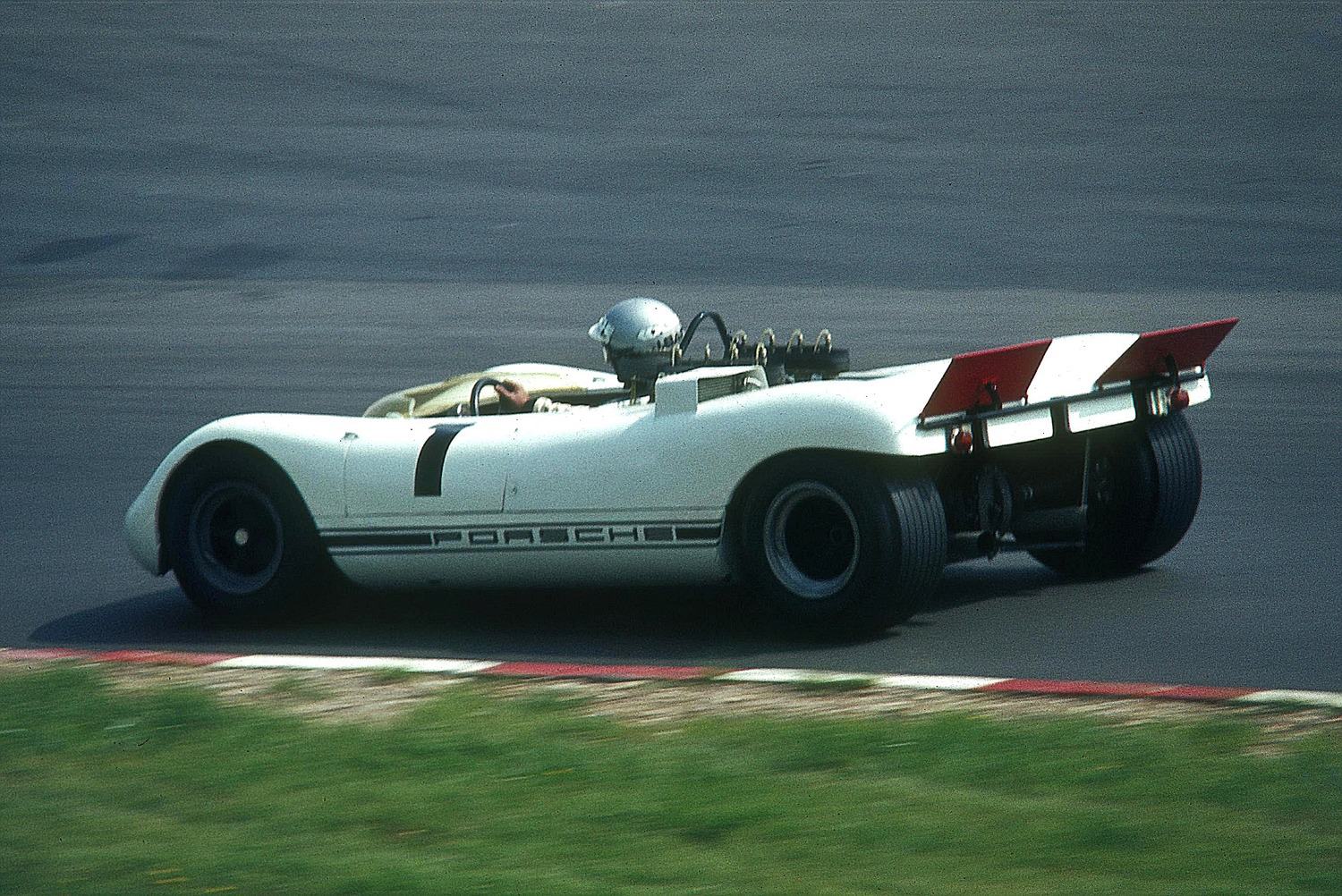
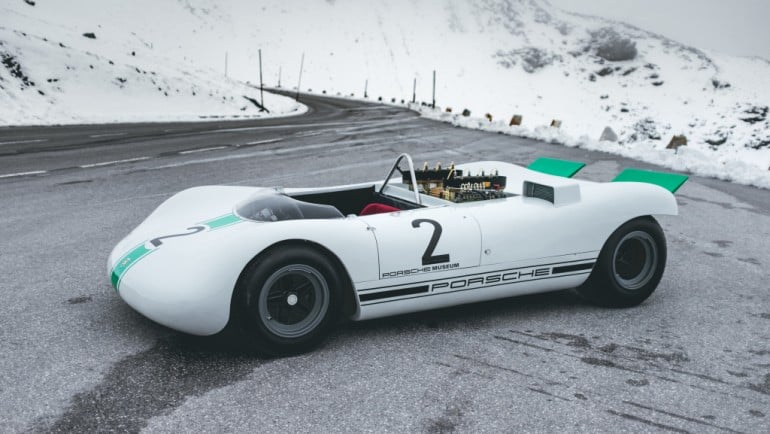
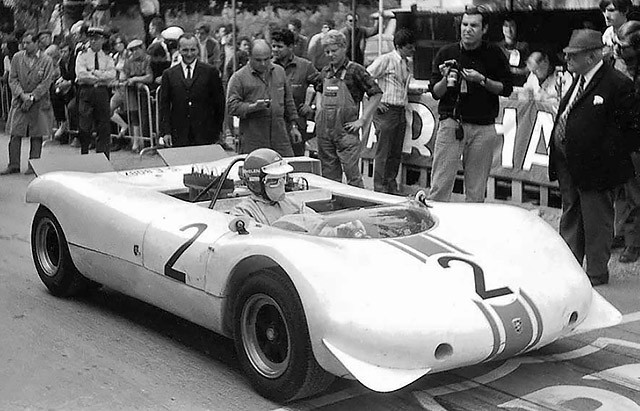

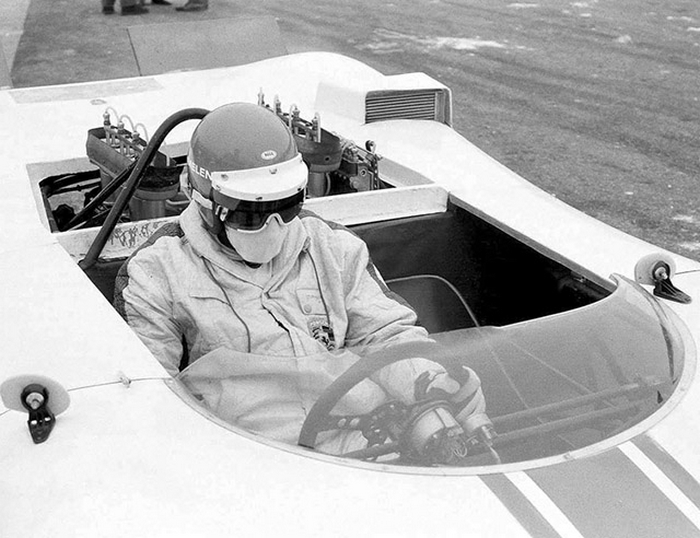
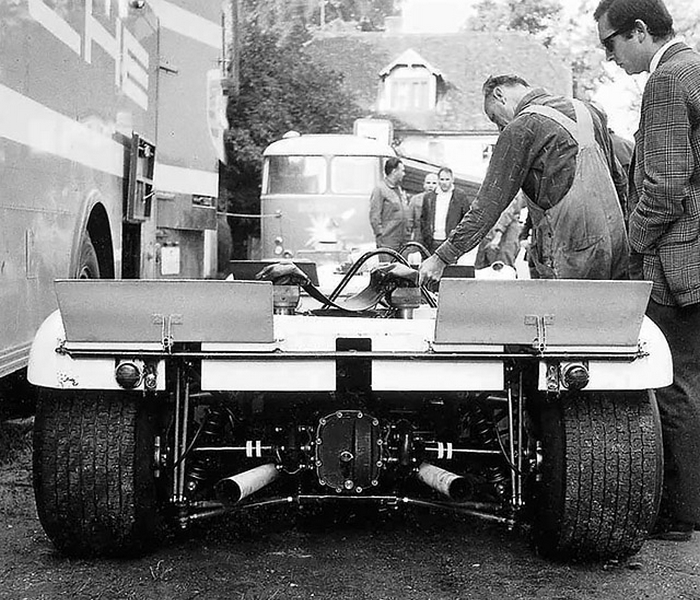
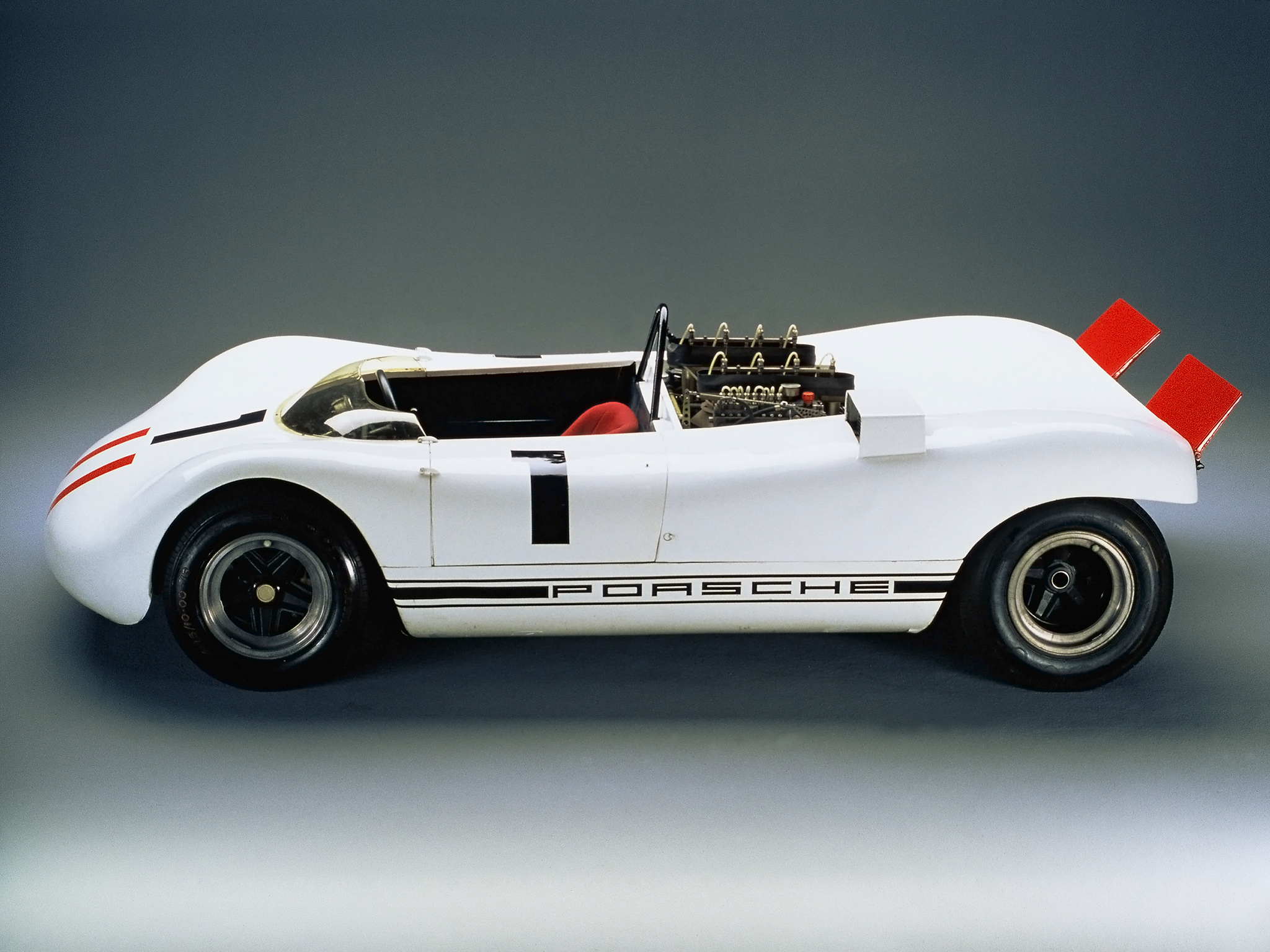
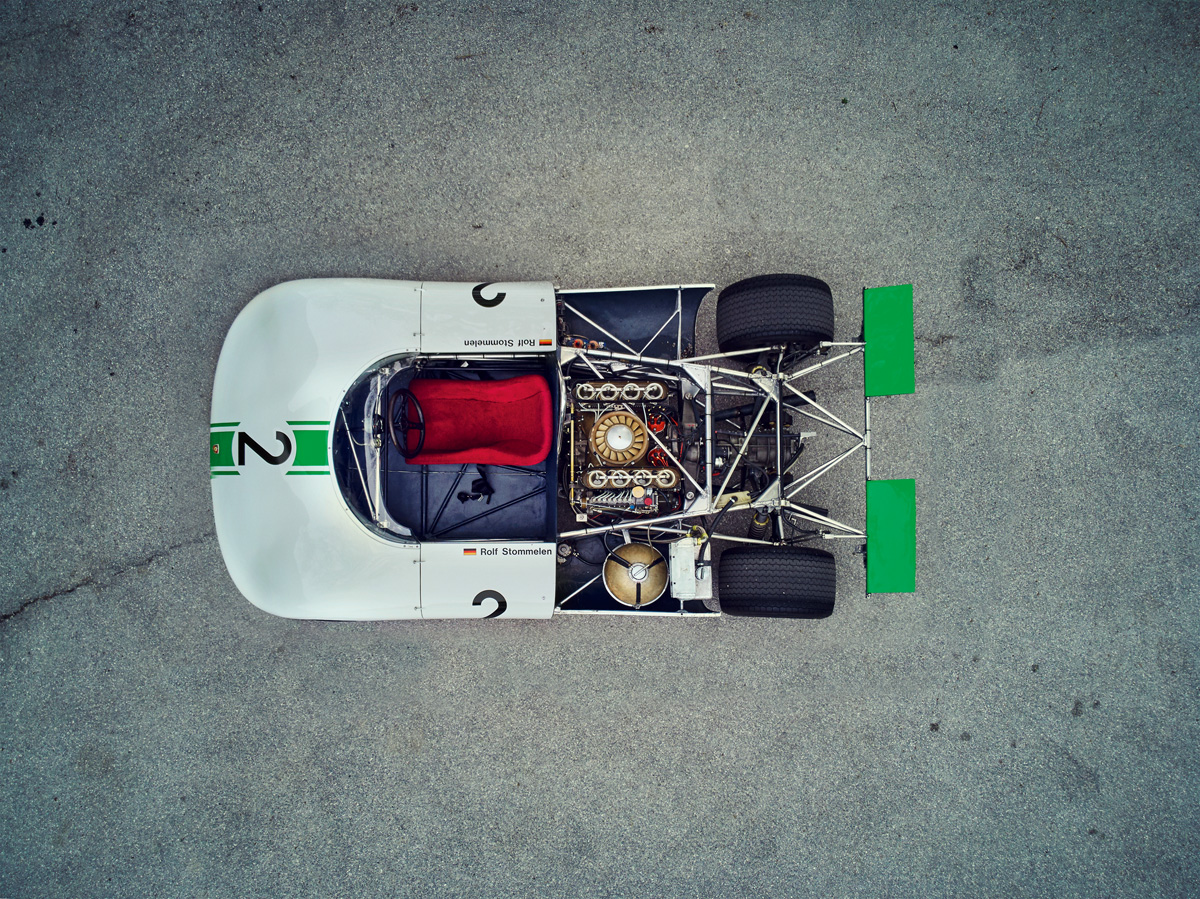
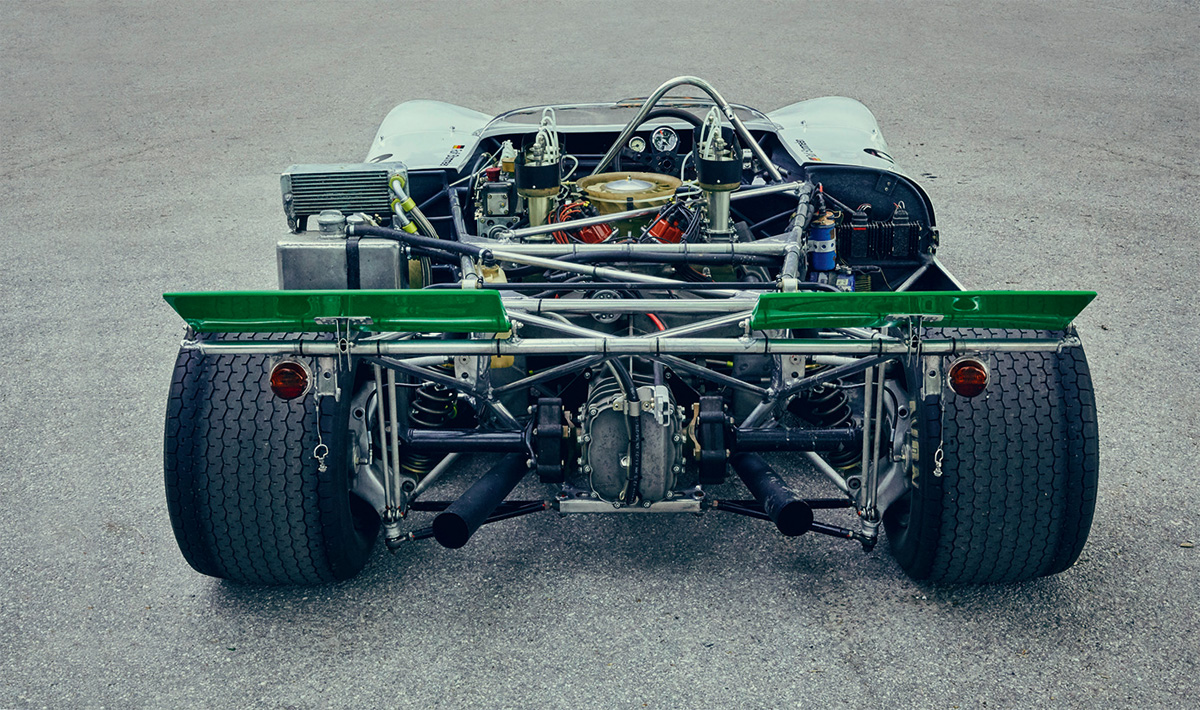
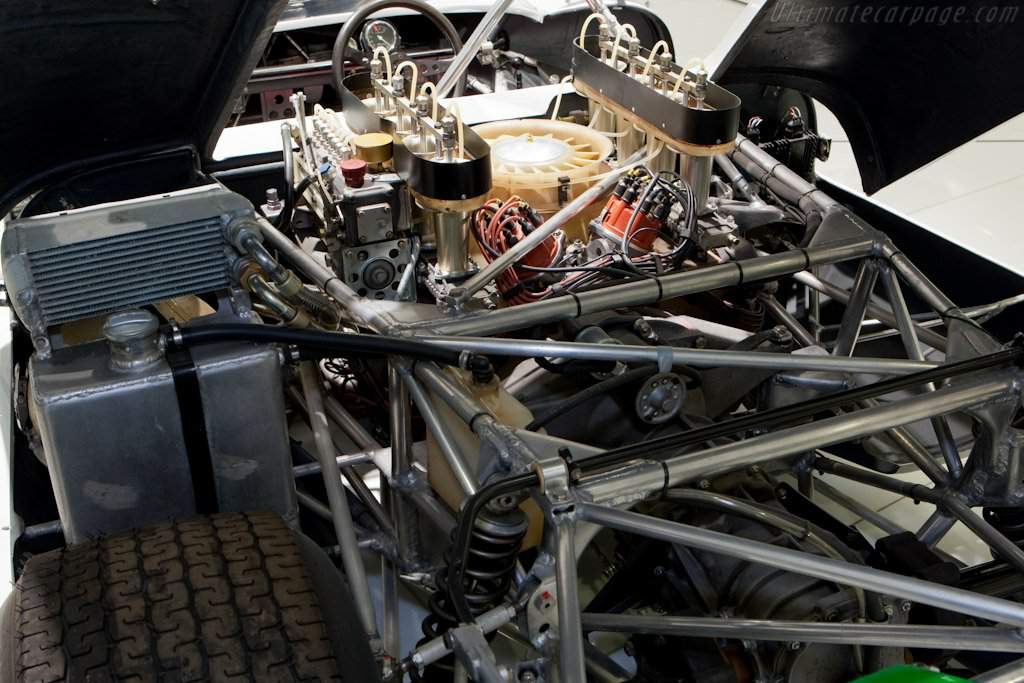




1 response
Nitrogen would have been pumped into the bladder,I would have thought.